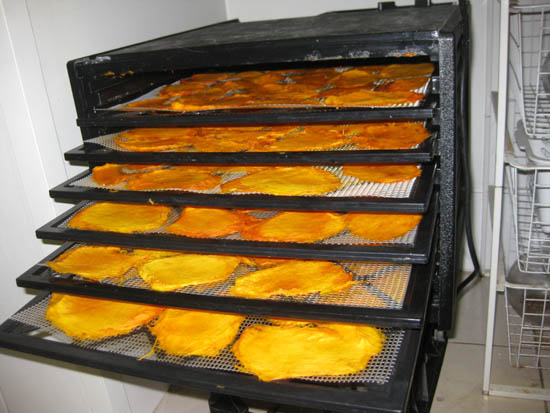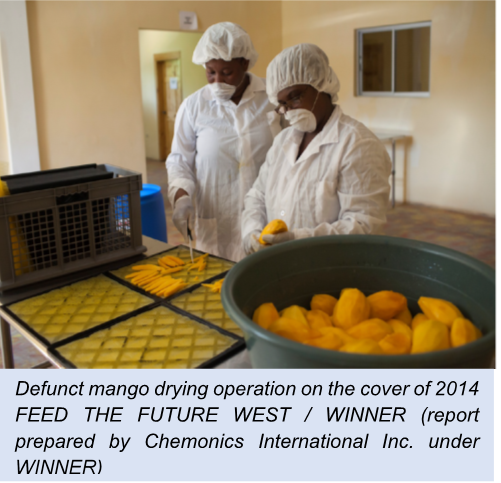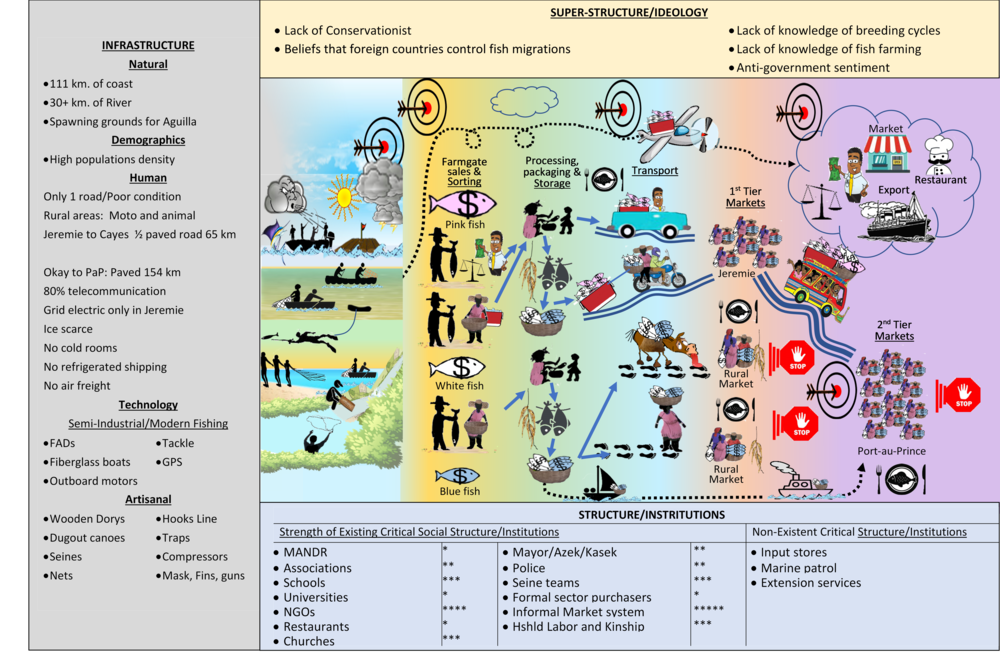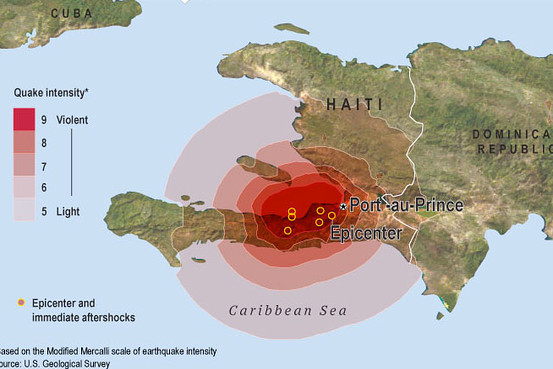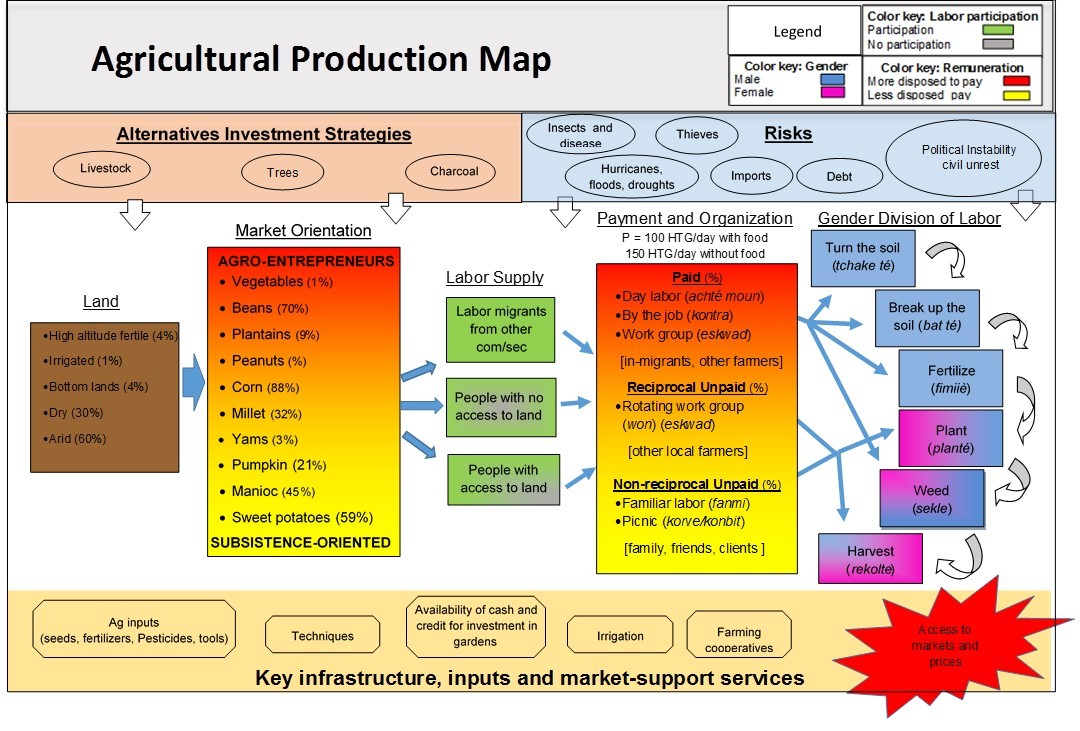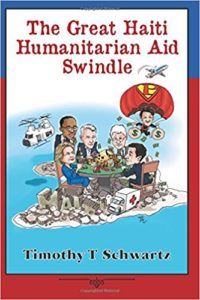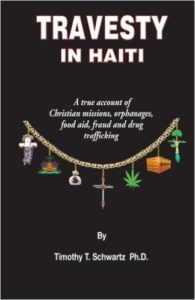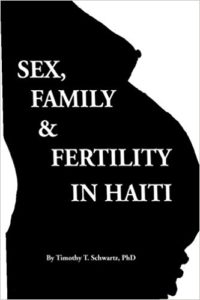Cheaper by the Dozen Mango Travesty II
Puzzling regarding change in prices, size of dozens and reject rates is that HAP made claims in 2005 almost identical to those of Haiti Hope project claims in 2014 and 2015. Quoting directly from the HAP 2005 evaluation, Field interviews indicated that ten years ago producers were paid four gourdes for a dozen mangos, andRead More
Haiti, Not Open for Business: Another Dried Mango Export Travesty
Despite a whole lot promises and some $120 million donor dollars invested in the domestic mango industry over a period of 20 years, as of 2015, Haiti had no new mango processing facilities. A 2012 TNS feasibility study showed that a Coca Cola supported juice and pulp processing factory would be profitable only after 10Read More
The Travesty of Haiti Hope and Haiti’s ANEM Mango Cartel: Part I
Ninety-five percent of all Haitian mango exports go to the US and they all must go through a cartel composed of eight export packing houses, ANEM (Association Nationale des Exportateurs de Mangues). A cartel is a group of sellers or buyers that have been granted government sanctioned authority to organize themselves to behave like aRead More
USAID Funded Chemonics Mango Travesty: WHAT’S WRONG WITH THIS PICTURE?
USAID/IDB/Coca Cola funded Haiti Hope project invested in processing enterprises, and failed in every attempt. A good example comes from l’Unité de Séchage de Fruits à Mirebalais–The Fruit Drying Operation in Mirabalais–funded by USAID/WINNER’s $127 million Feed the Future West project and operated by the Mirebalais association ADAIM (Association pour le développement agro-industriel de Mirebalais).Read More
The Joining of Science, Art and Aid: Visual Ethnography and MEVMS (Multidimensional Ethnographic Value-Chain Mapping Strategy)
A picture is indeed worth a thousand words. What is the MEVM Strategy? MEVMS (Multi-Dimensional Ethnographic Value-Chain Mapping Strategy) is an intuitive, user-friendly research and presentation strategy for creatively documenting, organizing, understanding, and explaining Value Chain networks for a product or service that generates critical income to an economically insecure population. Data on a valueRead More
Post Earthquake Jacmel (Haiti) Report and EMMA (Red Cross 2010)
The objective of the Department du Southeast study (per Scope of Work 1-2) was, expand AMAP learning about value chains in conflict- and disaster-affected environments with the goal of helping design early responses for ensuring survival (market systems could supply food and essential items or services related to priority survival needs), provide useful information forRead More
Methods: EMMA Maps for Post Earthquake Agricultural Labor in Jacmel (Red Cross 2010)
Originally published in February 2012 on Open Salon Here I share two EMMA (Emergency Marketing Map Analyses). The reason I am putting them here is because they don’t exist anywhere else. My employers for the job for which they were produced didn’t appreciate them. Apparently they didn’t approve of the use of color gradients andRead More
Methods: A Brief Critique of a Very Useful Technique: the EMMA
A Brief Critique of a Very Useful Technique: the EMMA (Emergency Market Map Analysis) An Emergency Market Map Analysis (EMMA) is a decision making strategy that early responders use in the wake of disasters such as earthquakes and hurricanes. First developed by Lili Mohiddin and Mike Albu (2008) for Oxfam, the EMMA strategy involves gathering dataRead More
Logo Icon Comparison Marketing Technique in Haiti
I developed this marketing strategy in association with Socio-Dig. The challenge was that MFK (Meds and Foods for Kids) wanted to select a marketing logo to put on fortified snacks for Haitian children. They had two logos already selected and they wanted to make sure they were the right logos, meaning logos children would like.Read More
Eggs in Haiti Surveys and Report (FCA 2015)
This report–commissioned by Finland Church Aid (FCA) and carried out under the Socio-Dig, a Haiti-based research company–focuses on egg production in Haiti with an emphasis on popular class rural household livelihood strategies. The study ultimately addresses the question, if equipped with the proper technological resources and financial support, could these households provide significantly more eggsRead More

